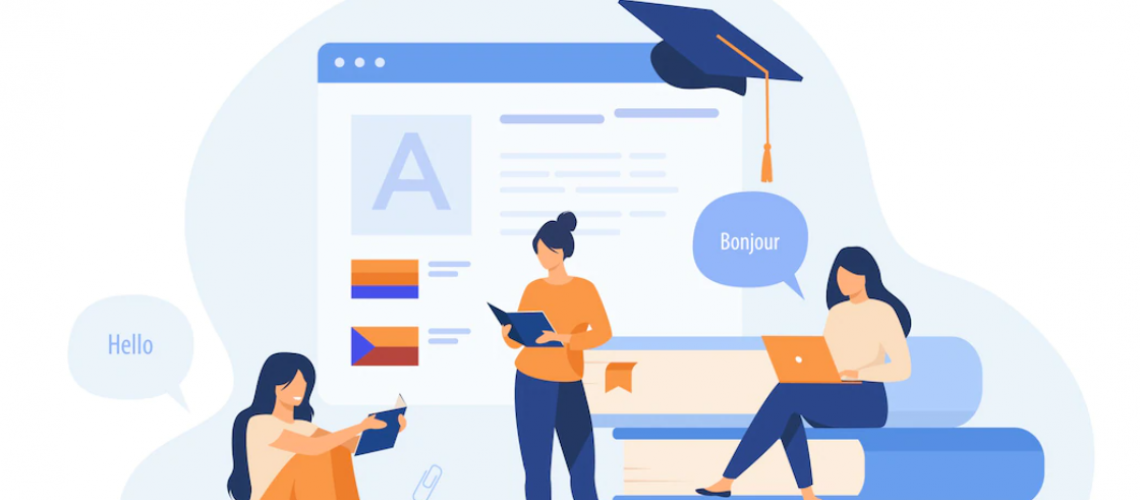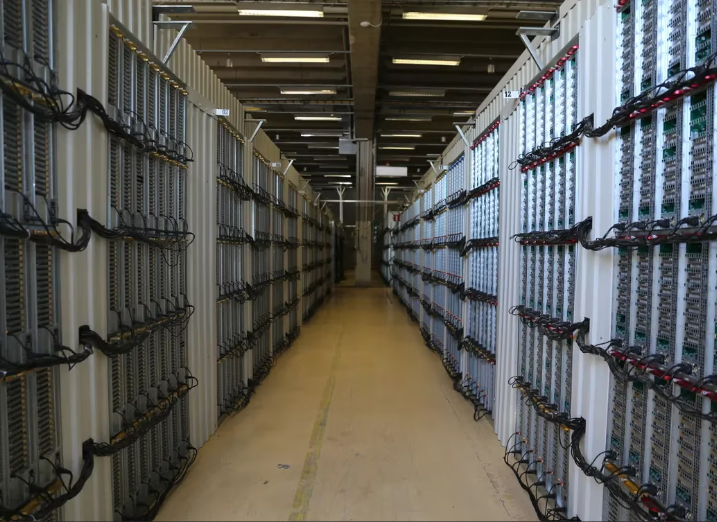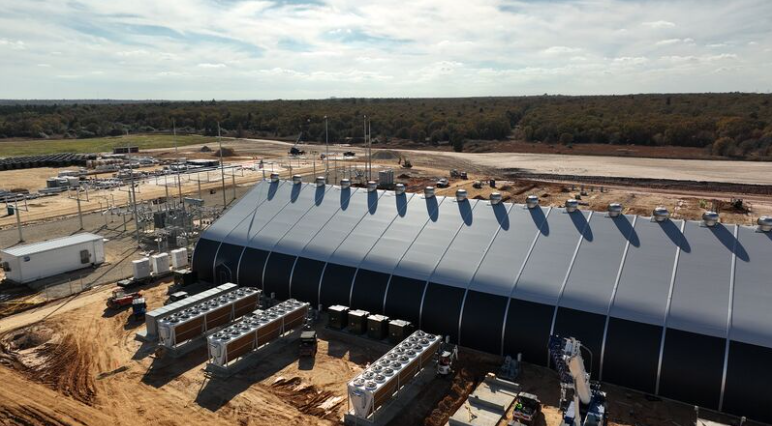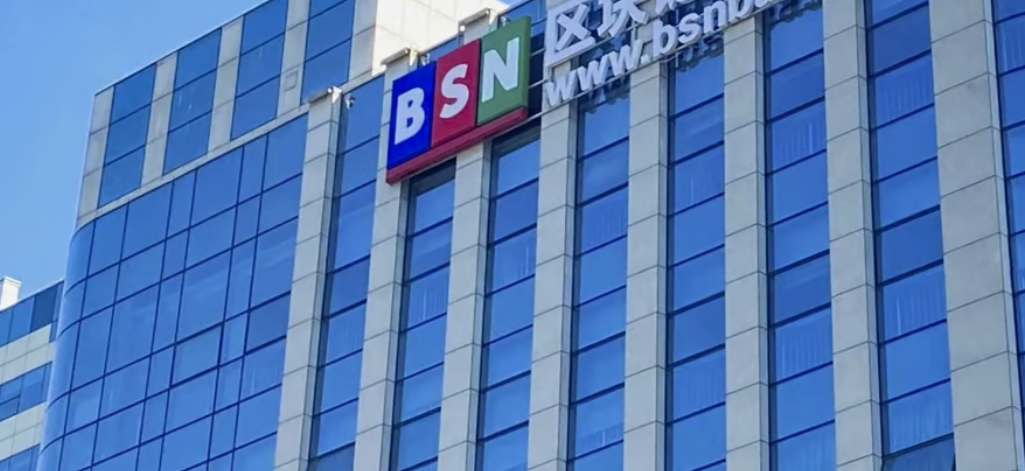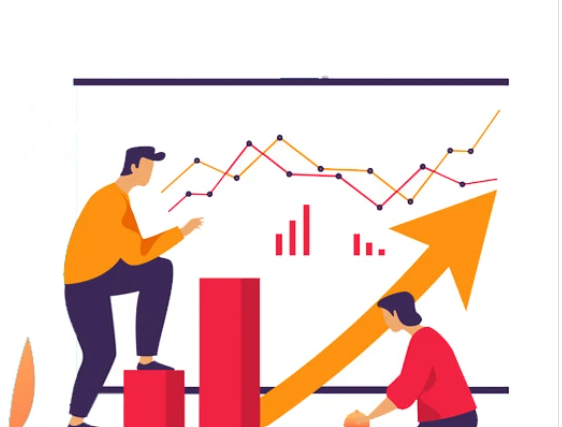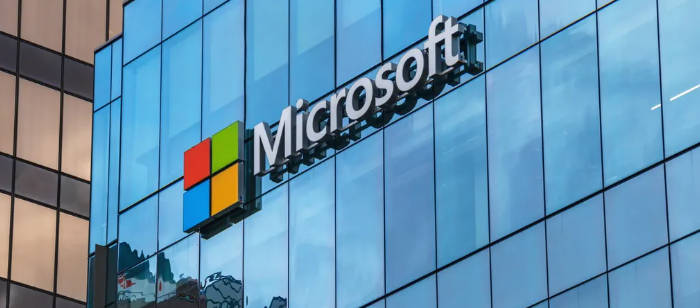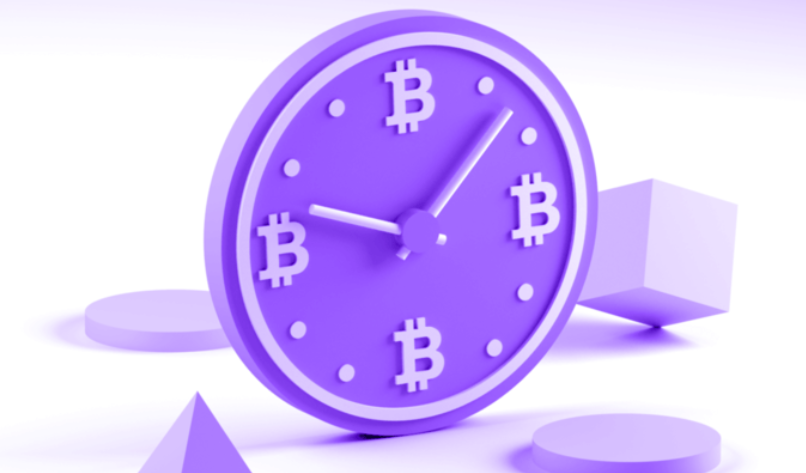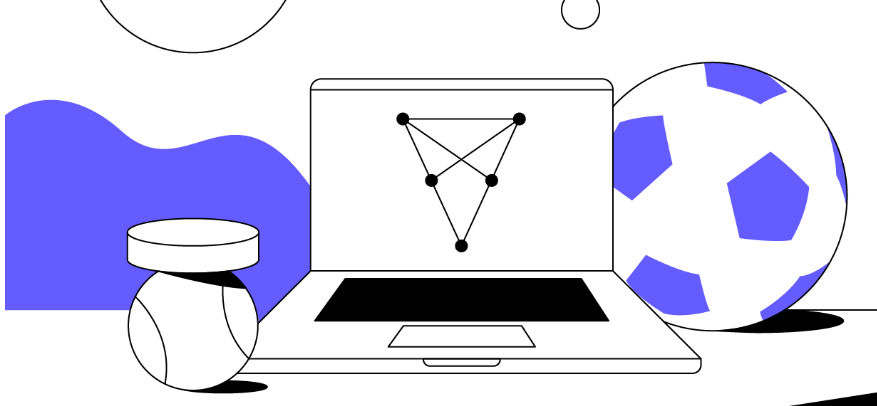Blockchain technology continues to expand in all business sectors, including the education system. The added efficiency and security of implementing a blockchain protocol is undeniable.
The paper-based system that dominates most of the world’s educational networks is seriously outdated and there is no real global consensus on the general state of education. These systems have left educators in a state of confusion regarding the level of understanding that students possess. Blockchain technology could be the answer to many of the current problems facing schools around the world. As you are about to learn, there are already some awesome blockchain-based platforms out there doing their part to further the cause.
Blockchain technology could allow us to change both the way we teach and the way we learn by improving our ability to monitor these critical attributes in real time. Let’s take a moment to examine some of the ways in which this revolutionary technology can be used to improve the global educational network.
Blockchain Student Database – Permanent Record
Your school transcripts, or permanent record, are a critical part of the education system monitoring process. Unfortunately, the current paper-based system is expensive and closed to the public. A blockchain-based solution could reduce costs by providing each student with a unique identification tag that could be easily referenced by information-requiring education systems anywhere in the world.
Perhaps even more important is the fact that the transparent nature of blockchain technology would allow students to access information as well. This untethered access could help students monitor their academic progress and find out where they are going wrong.
IBM and Sony have teamed up to create a platform to address the current mess that is school records. The program combines a blockchain built by Sony with cloud technology from IBM to create a revolutionary system for tracking and sending school transcripts globally.
Global Blockchain Education Networks
Imagine this information is part of a larger global blockchain education network. This network would allow students to transfer schools without having to send their academic records. It would also eliminate most of the costs associated with storing, monitoring, altering, and updating this data.
A global blockchain education network enables large-scale monitoring. This capability would give the world its first glimpse of the actual educational state of the world’s schools and students. Each student’s blockchain fingerprint, along with all its relevant data, provides a detailed overview of student progress. In addition, this data allows teachers to identify areas that need improvement.
Blockchain Education Network – Shared Curriculum
In the current state, the education system consists of localized districts. Teachers instruct students with a national curriculum. The tests then confirm the level of understanding reached by the students. The problem is that there is no way to guarantee that the best curriculum will succeed locally. Storing an approved curriculum on a blockchain network could ensure that all students get the most up-to-date approved information possible.
The price of books is not a small matter, and a digital curriculum could be implemented to create a universal and more cost-effective system than the current paper version. These savings could benefit schools in low-income regions because these schools typically lack the resources to continually update their curriculum to reflect changes.
Blockchain Graduation Systems
The US Department of Education is looking to create a blockchain learning system. The project is known as “competency-based learning” and is causing a stir in the educational community. The flexibility created by such a system could significantly improve student outcomes.
Blockchain-based educational networks that award students merits based on completion of their curriculum could automate one of the most expensive parts of the education system. Imagine a student who takes a test and their passing score is recorded as achieved in the blockchain syllabus.
Now imagine that after completing the entire curriculum, the student automatically graduated to the next grade. This automation would allow the educational system to be more individualized in its teaching, as well as more global in its capacity for self-control. The best students excel at their own pace, while exceptional minds stand out from the crowd.
Trust in Certification
One of the most significant advantages of blockchain technology is its ability to prove ownership of a particular asset. In the case of the educational system, this technology is integrated into the verification of certifications and accreditations. MIT researchers already use a blockchain-based system to prevent counterfeit documentation from being used. The system tokenizes records on the blockchain to prevent fraud. It also allows students to retrieve their records at any time without the need for third-party involvement.
Crowdfunding
One of the best features gained by using blockchain-based protocols is the ability to crowdfund. Schools could use this to revolutionize their fundraising procedures. A school could present a concept or project to the parents of students, and they would have the ability to vote on the issue and, if approved, fund the venture.
The innovative platform Usizo uses a blockchain-based protocol to facilitate crowdfunding for the development of schools in Africa. The platform allows donors to keep track of their donations. The added transparency has proven crucial to achieving higher levels of public funding.
School Expenses
Problems related to school expenses have become a great concern in recent years. Consequently, parents are showing greater interest in school expenses. Monitoring this data on the blockchain would be easy. Therefore, if platforms like Usizo adapt to these needs, they help public and private schools to operate more effectively.
Blockchain Education Network: It’s Upon Us
It’s easy to see why there should be strong momentum for the development of a Blockchain education network. The decentralized nature of blockchain technology makes it the ideal custodian of the world’s knowledge, and by introducing this technology profitably, all parties involved benefit.
Poverty no longer has to dictate the level of education students receive. Thanks to blockchain technology, the future of education already looks brighter.

